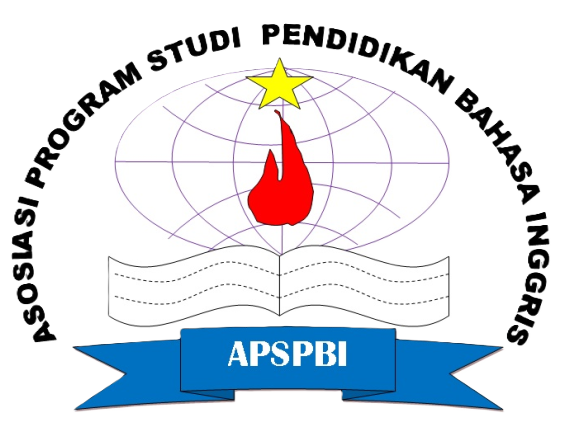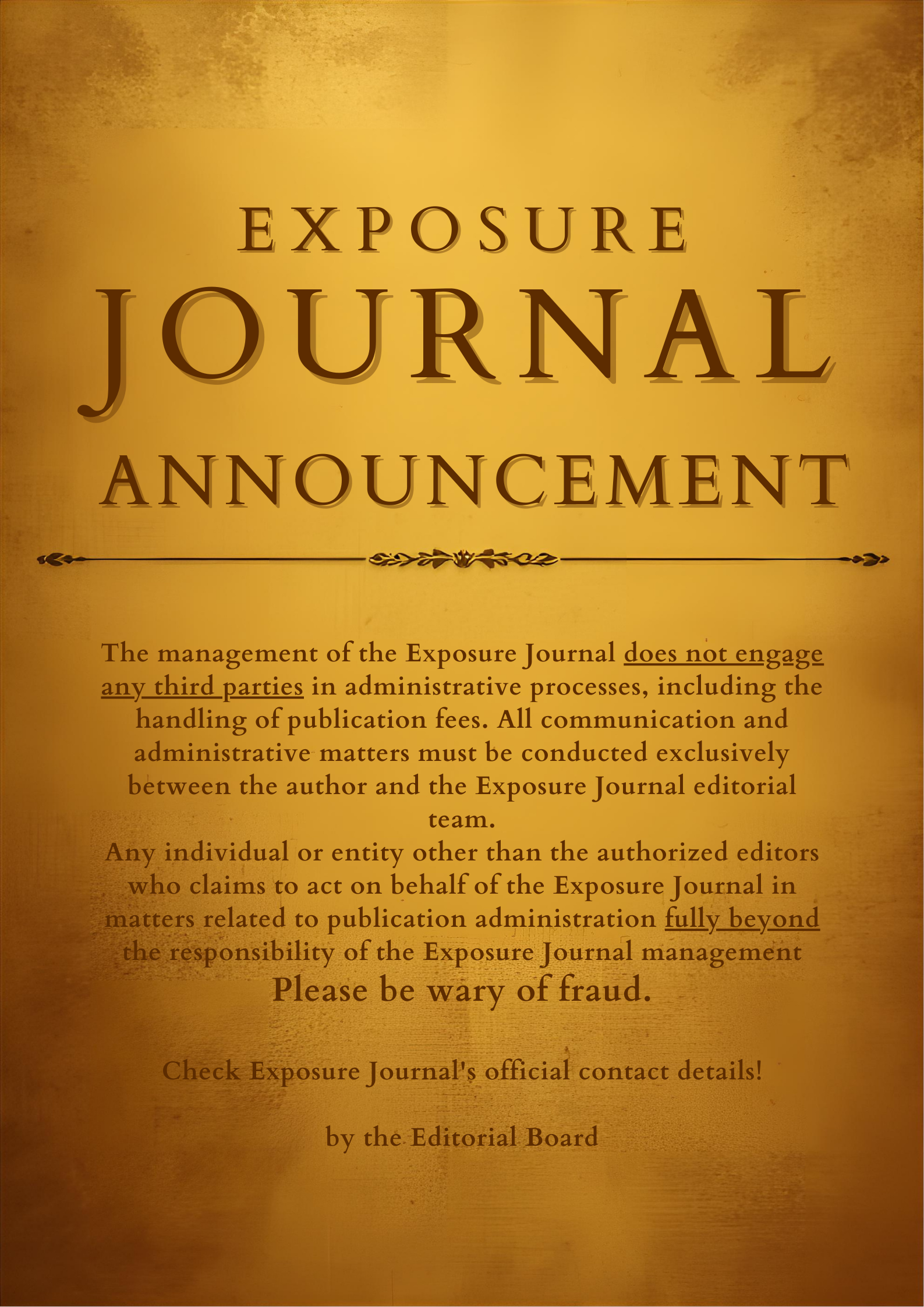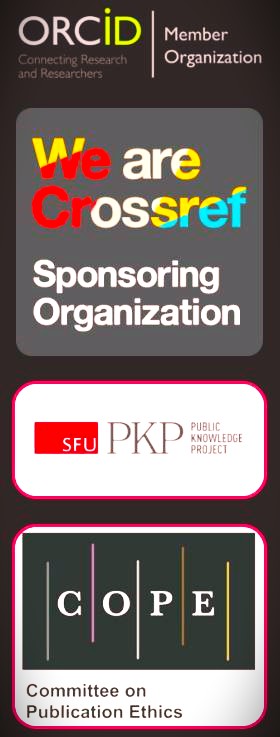INSERTING THE SASAKNESE LOCAL WISDOMS IN ENGLISH CURRICULUM DEVELOPMENT FOR VOCATIONAL HIGH SCHOOLS
DOI: https://doi.org/10.26618/exposure.v9i2.4194
English Curriculum Development, Sasaknese Local Wisdom, Vocational Schools
Abstract
This study is the process of English curriculum development aims at analyzing the targets needs, learning needs, and the patterns of local wisdom insertion. This study was conducted through Focused Group Discussion (FGD), semi-structured interview, and content analsysis were used for 12 vocational school teachers and 2 officals of the state and private government institutions (The Department of Education and Culture, NTB Province & the Institute of ROWOT Nusantara Lombok). Necessity, the results of the target need analysis on local knowledge and language competence for developing skills and abilities, needs based, and contextual learning. Lacks, the gaps as the fundamental problems elicited from the current curriculum. Wants, the students’ desire to knowledge and vocational background-based curriculum contents. English learning design is associated with tourism competencies embedded with local wisdoms. The local wisdoms’ elements which can be developed into the English curriculum, that is, values of knowledge, social norms, and cultural acculturations, the marriage systems, patterns of family, and the other social cultural activities, and the elements of aesthetics. The patterns of insertion can be done through designing with paradigm of pedagogical orientation, insertion models, insertions in content of materials designed by developing the language skills, the use of teaching-learning methods with local insertions, developing student exercises-based insertions.
References
Abidin, Y. (2016). Desain Sistem Pembelajaran dalam Konteks Kurikulum 2013. Bandung: Refika Aditawa
Ali, M.M. (2011). Revisiting English Language Teaching (ELT) Curriculum Design: How Appropriate is Bangladesh Higher Secondary Level National ELT Curriculum as a Learner- Centered One?, IIUC Studies, 7, 283-296.
Crystal, D. (2003). English as a Global Language. Cambridge: Cambridge University Press
Fitriyanti, Faisal, E.L., Safitri, S., & Eriawaty. (2016). Development of Instructional Materials Based Local Wisdom in Social Studies. A Paper Presentated in the 2nd SULE-IC, FKIP Unsuri, Palembang.
Gunawan, H. and Daud, A. (2018). The Implementation of 2013 Curriculum in English Teaching: Stories from the Rural Areas. English Language Teaching Educational Journal (ELTE), 1 (2), 65-75.
Jeadun, A., Hariyanto, V.L. ,and Nuryadin, E.R. (20140. An Evaluation of the Implementation of Curriculum 2013 at the Building Construction Department of Vocatinal High Schools in Yoyakarta. Journal of Education, 7 (1), 14-22.
Kaewpet, C. (2009). A Framework for Investigating Learners’ Needs: Needs Analysis Extended to Curriculum Development. Electrical Journal of Foreign Languaage Teaching, 6 (2), 209-220.
Khan, I.A. (2016). Local Culture in the Foreign Language Classrooms: An Exploratory Study of Teacher’s Preparedness in Saudi Arabia. International Journal of Sciences: Basic and Applied Research (IJSBAR), 25(1), 97-122.
Khan, I.A. (2014). Teacher’s Perceptions of the Significance of Local Culture in Foreign Language Learning. Journal of English Langauge and Literature, 1 (3), 65-70.
Khasanah, R.U. and Widyantoro, A. (2017). The Problems in the Implementation of the 2013 Curriculum. Conference on Language and Language Teaching (CLLT), 114-119.
Kawulich, B.B. (2012). Data Analysis Techniques in Qualitative Research. University of West Georgia. https://www.researchgate.net/publication/258110388
Laforest, J. (2009). Guide to Organizing Semi-structured Interviews with Key Informant. (Vol.11), Canada: Quebec.
Li, J. (2014). Needs Analysis: An Effective Way in Business English Curriculum Desain. Theory and Practice in Language Studies, 4 (9), 1869-1874.
Livingstone, K.A. (2014). Improving Curriculum Design and Development: A Case Study from the University of Guyana. Journal of Business Management and Social Sciences Research (JBM&SSR), 3 (5), 1-7.
Madya, S.( 2007).Searching for an Appropriate EFL Curriculum Design for the Indonesian Pluralistic Society. TEFLIN Journal, 18 (2), 196-221.
Mulyasa, H.E. (2015). Pengembanagan dan Implementasi Kurikulum 2013. Bandung: Remaja Rosdakarya.
Ningrum, E. (2015). Learning Model Based on Local Wisdom to Embed the Ethics Land for Students. A Paper Presentated in 1st UPI International Conference on Sociology Education (UPI ICSE-2015).
Offorma, G.C. (2016). Integrating Components of Culture in Curriculum Planning, International Journal of Curriculum and Intruction, 8 (1), 1-8.
Purba, H. (2011). The Importance of Including Culture in EFL Teaching. Journal of English Teaching (JET), 1 (1), 45-56.
Sequire, K.D., Makinster, J.G., Baruet, M., Luehmann, A.L., Barab, S.L. (2003). Designed Curriculum and Local Culture: Acknowledging the Primacy of Classroom Culture. Wiley Periodical Inc. 87, 468-489.
Sukarno. (2012). Integrating Local Cultures in Teaching English as a Foreign Language for Character building. Jurnal Pendidikan Karakter, 2 (2), 202-212.
Ulla, B.M and Winitkun, D. (2017). Thai Learners’ Linguistic Needs and Language Skills: Implications for Curriculum Development. International Journal of Instruction, 10 (4), 203-220.
Yamin, M. (2017). Integrating the Local Wisdom Values into the National Curriculum to Create the Nationalism Strength. Journal of Education and Practice, 8 (33), 47-53.
Downloads
Published
How to Cite
Issue
Section
License
Authors who publish with this journal agree to the following terms:
In order to assure the highest standards for published articles, a peer review policy is applied. In pursue of the compliance with academic standards, all parties involved in the publishing process (the authors, the editors and the editorial board and the reviewers) agree to meet the responsibilities stated below in accordance to the Journal publication ethics and malpractice statement.
Duties of Authors:
- The author(s) warrant that the submitted article is an original work, which has not been previously published, and that they have obtained an agreement from any co-author(s) prior to the manuscript’s submission;
- The author(s) should not submit articles describing essentially the same research to more than one journal;
- The authors(s) make certain that the manuscript meets the terms of the Manuscript Submission Guideline regarding appropriate academic citation and that no copyright infringement occurs;
- The authors(s) should inform the editors about any conflict of interests and report any errors they subsequently, discover in their manuscript.
Duties of Editors and the Editorial Board:
- The editors, together with the editorial board, are responsible for deciding upon the publication or rejection of the submitted manuscripts based only on their originality, significance, and relevance to the domains of the journal;
- The editors evaluate the manuscripts compliance with academic criteria, the domains of the journal and the guidelines;
- The editors must at all times respect the confidentiality of any information pertaining to the submitted manuscripts;
- The editors assign the review of each manuscript to two reviewers chosen according to their domains of expertise. The editors must take into account any conflict of interest reported by the authors and the reviewers.
- The editors must ensure that the comments and recommendations of the reviewers are sent to the author(s) in due time and that the manuscripts are returned to the editors, who take the final decision to publish them or not.
Authors are permitted and encouraged to post online a pre-publication manuscript (but not the Publisher’s final formatted PDF version of the Work) in institutional repositories or on their Websites prior to and during the submission process, as it can lead to productive exchanges, as well as earlier and greater citation of published work (see The Effect of Open Access). Any such posting made before acceptance and publication of the Work shall be updated upon publication to include a reference to the Publisher-assigned DOI (Digital Object Identifier) and a link to the online abstract for the final published Work in the Journal.














